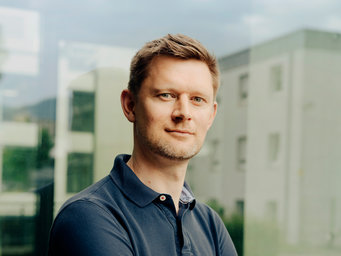Swarms & swarming immune cells
MPG - Forschungsquartett | Swarm behavior: How can you prevent mass panic in large crowds? Why do fish swarm? And how do swarming cells organize themselves in the immune system? That's what this feature-length episode of the research quartet is all about. Among others the detektor.fm team talks to Tim Lämmermann, who heads the research group for "Single Cell and Population Dynamics of Immune Cells" at the MPI for Immunobiology and Epigenetics in Freiburg. This podcast episode is only available in German.
From the show notes
According to the German dictionary Duden, a swarm is “a large number of animals or people of the same kind moving about together in a jumble. However, behind the confusion of a swarm, there is usually a rather clever form of organization. Humans, for example, develop collective behavior almost automatically in large crowds. Mehdi Moussaid is investigating exactly how this works and why mass panic can still occur. The ethnologist works at the Max Planck Institute for Human Development in Berlin.
Fish often swim in swarms, providing them with better protection against attackers. Director of Behavioral Biology Ian Couzin and his team at the Max Planck Institute in Konstanz are researching how they organize themselves. The exciting thing: In the swarm, the fish can even save energy. By synchronizing the movement of their tail fins, the fish can make more efficient progress. The research team demonstrated this using biometric robotic fish they built themselves.
Immune cells swarms

Swarms also form in the human body. For example, so-called neutrophil granulocytes form massive cell clusters in the immune system. Tim Lämmermann, group leader at the Max Planck Institute of Immunobiology and Epigenetics in Freiburg, took a closer look at these neutrophils and, together with his team, discovered that they behave very much like a swarm of bees when attacked by a pathogen.
A more detailed article on Tim Lämmermann’s research on how immune cells hunt for pathogens in large swarms can be read in Max Planck Research 2/2022: Attractants for the Collective.
(source)





